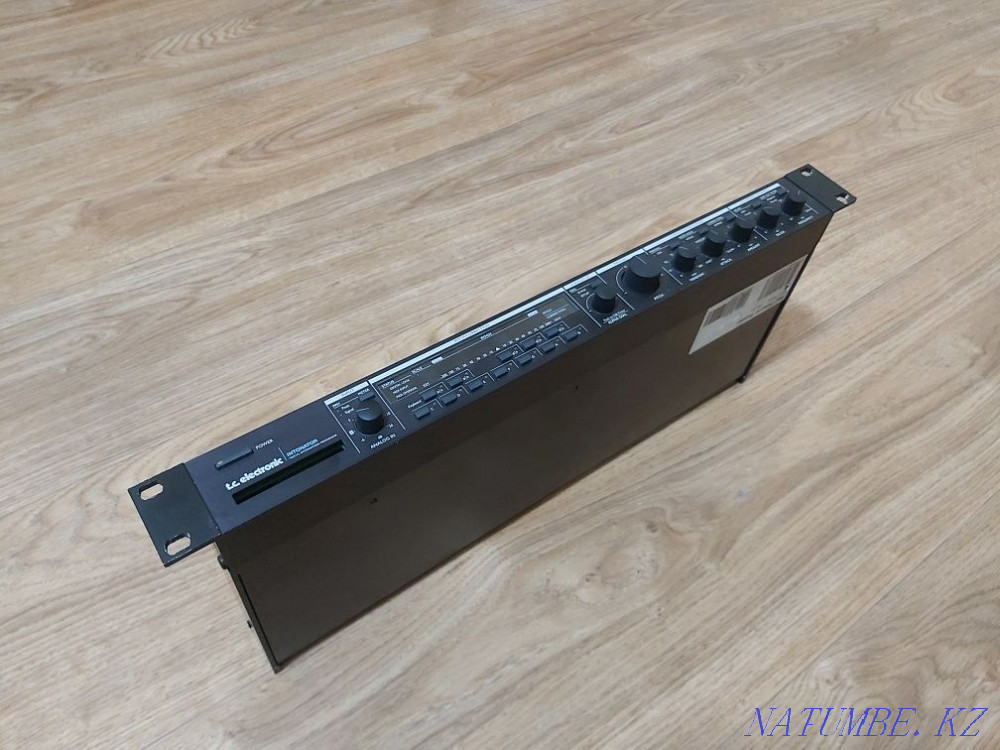TC ELECTRONIC INTONATOR Vocal Correction Processor
130 000 ₸
TC ELECTRONIC INTONATOR Vocal Correction Processor
№176624
Created: May 22 2022
Created: May 22 2022
Address:
Almaty, Almaty Oblysy, Kazakhstan
Used in working order. The main task that this processor performs is vocal correction. It should be noted that sound engineers spend so much time re-recording fake vocal parts that this function alone is a gift. And given how it is implemented in the new t.c.electronic device, it is an expensive gift. The specialized DARC digital signal processor used in the Intonator'e has a unique speed - more than 80 million mathematical operations per second. Thanks to this, the corresponding software allows very fine manipulation of the original signal. As a result, after going through the most complex digital processing path, the resulting signal retains all the individual features of the vocal performance - intonation, vibrato, aspiration, etc. A few words about how, in fact, the pitch is adjusted. Before starting work, the user must set a tuning standard for the processor. As you know, they are one throughout the world - this is the note "la" of the first octave. The frequency of the corresponding sound is 440 Hz, but there are situations where it can deviate significantly in one direction or another. Therefore, the Intonator',e has the ability to vary the reference frequency within +/- 200 cents (whole tone). The next step is to set the "sensitivity" of the correction, i.e. determine what is considered an error, and what is an audible deviation from the norm. The third step is to set the speed at which the processor "counts" (in real time!) the digitized audio signal. If you set the minimum value, the effect that we all heard in the song "I believe" by the famous singer Shar may appear. At the maximum value, all original melismas are preserved. The operating system of the processor provides three temperament setting modes - preset, manual and controlled by an external source. There are only three factory presets - natural major and minor, as well as a chromatic scale. For manual tuning, twelve buttons are provided (according to the number of steps of the chromatic scale in the range of one octave) and the Jog knob. Using the buttons, the operator sets the steps of the scale, completely arbitrarily for each specific case. There is also a control mode using MIDI controllers. In this case, the pitch of the processed signal corresponds to a MIDI note, depending on the given message. The processor has a feature called ATM (Audio-To-MIDI), which has two purposes - integration with computer notation programs and real-time monitoring: the display shows the MIDI note number corresponding to the frequency of the analog input signal. As for additional functions, their thoughtfulness suggests that t.c.electronic employs not only engineers and designers, but also sound engineers, who are not indifferent to comfort. Intonator has built-in frequency filters - Lo Cut with automatic cutoff frequency correction and adjustable dynamic, i.e. de-esser. They are included in the tract
№176624
Created: May 22 2022
Created: May 22 2022
130 000 ₸



